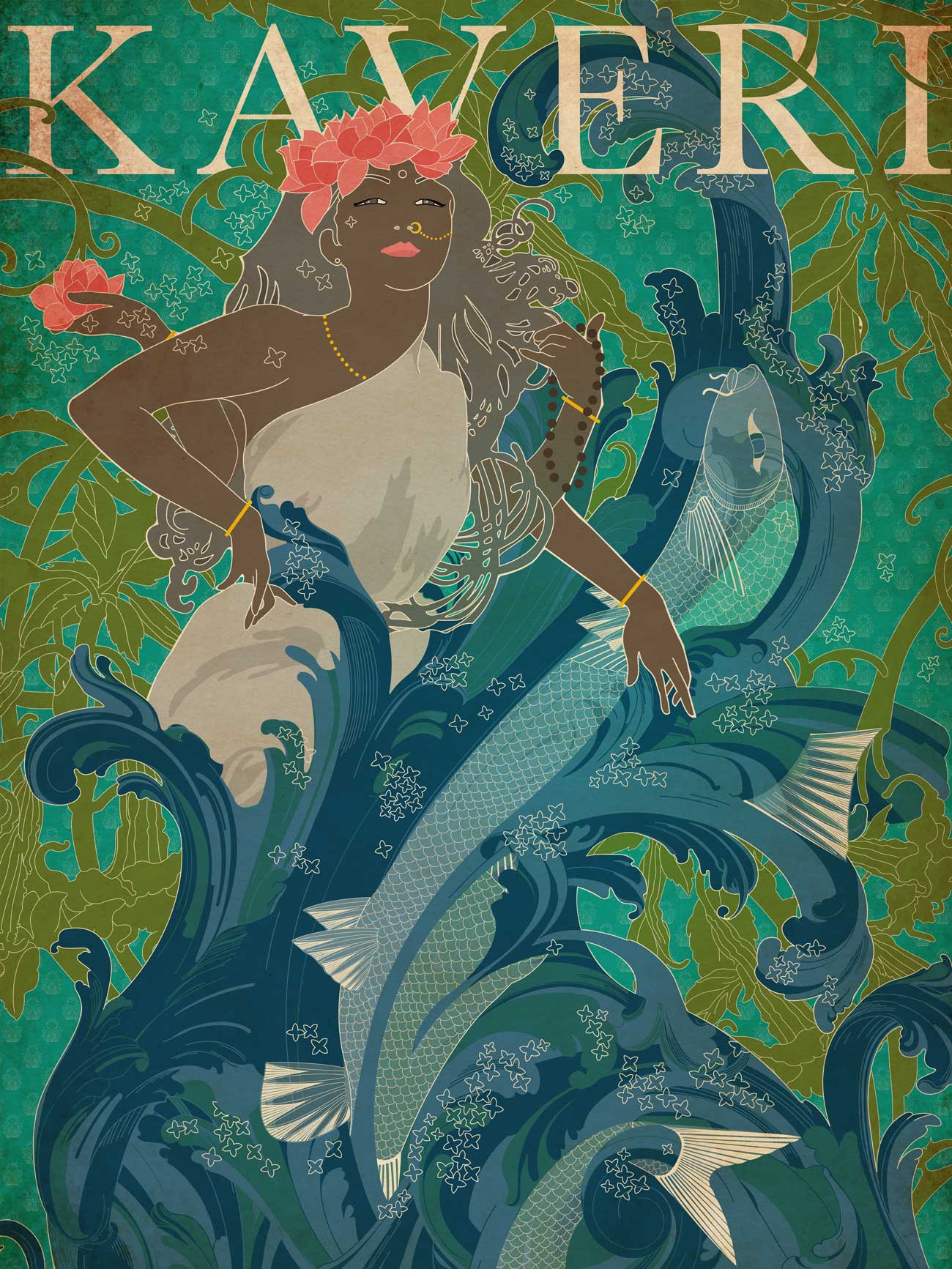- Home
- Kaveri
Loading...
Kaveri
by Smruthi Gargi EswarAll orders are insured for transit.
We ship worldwide.
All orders are insured for transit.
We ship worldwide.
Details
| Size: | 36 x 27 inches |
| Medium: | K3 Pigment Print on Archival Paper |
| Style: | Digital Art |
| Edition: | Edition of 10 + 2 Artist Prints |
| Signature: | Bottom Right in English |
Description
Her destiny of becoming a river, healing the earth by quenching its thirst, was still to come. The river goddess was first a woman. Compassion and justice flowed through her veins, and the need to do the right thing made her fearless. Brought up by a sage, she found herself more often in isolation and deep meditation. And that was how the sage Agastya saw her first. They married soon and even before starting their life together, fate in its mischievous way had begun to bend her path towards her destiny - making her demand of her husband to never be separated from him for any prolonged period of time. Here again, many versions of the story appear as tributaries, but all coming to the same end.
To not be separated, Agastya turns Kaveri into water and keeps her in the chalice he carries with him everywhere. But their moment of separation arrives, when he takes her in his vessel to an almost barren lake and rests her on the banks while he steps in for a bath. In one version, to remain close she toppled the vessel from within, pouring herself out and magically turning into the gushing, glorious and powerful river Kaveri. Others say it was Ganesha who appeared as a cow or a little boy who toppled the vessel for her.
In any event, it ends with a separation from the one she loved, to fulfil her greater destiny. Demon and drought disappeared, and the land laughed again. It’s a haunting image but it’s one that persists - Agastya would sometimes find his wife Kaveri on the other side of the river she became. As a goddess, looking at him, and never crossing over, they would stay motionless in each other’s gaze.
About the Series:
This artwork is part of the “Sister Misfortune” series, through which the artist, Smruthi Gargi Eswar, narrates lesser-known stories from Indian mythology, while reflecting on the narrative surrounding women in our culture. Various Indian goddesses (devis) are depicted with a refreshing artistic lens.
In India, there is a constant burden on women to be “Devi-like”. Through this series, the artist attempts a reverse deification of the goddesses, making them appear like real women, in a real world. The series is an exploration not just of duality, but of multiplicity. It compels us to question our attitudes - women towards themselves, men towards women. How does the idea of a goddess coexist within every woman? How do we, as a society, so casually dismiss, disrespect, disregard, and defile in our everyday existence, those who we have bedecked with gold and enshrined in a temple?
-
Description
Read MoreSome say he was a king, and some say a sage. Either way, Kavera had prayed for a daughter who would save them all. In her father’s mind she had appeared as an answer. After a long penance, Kaveri arrived as a boon given by Shiva, destined to bring life to the cursed land – plagued by a demon’s evil eye. A rainless eternity, a drought striking the very womb of the monsoons. A once fertile soil had cracked dry and turned to stone.
Her destiny of becoming a river, healing the earth by quenching its thirst, was still to come. The river goddess was first a woman. Compassion and justice flowed through her veins, and the need to do the right thing made her fearless. Brought up by a sage, she found herself more often in isolation and deep meditation. And that was how the sage Agastya saw her first. They married soon and even before starting their life together, fate in its mischievous way had begun to bend her path towards her destiny - making her demand of her husband to never be separated from him for any prolonged period of time. Here again, many versions of the story appear as tributaries, but all coming to the same end.
To not be separated, Agastya turns Kaveri into water and keeps her in the chalice he carries with him everywhere. But their moment of separation arrives, when he takes her in his vessel to an almost barren lake and rests her on the banks while he steps in for a bath. In one version, to remain close she toppled the vessel from within, pouring herself out and magically turning into the gushing, glorious and powerful river Kaveri. Others say it was Ganesha who appeared as a cow or a little boy who toppled the vessel for her.
In any event, it ends with a separation from the one she loved, to fulfil her greater destiny. Demon and drought disappeared, and the land laughed again. It’s a haunting image but it’s one that persists - Agastya would sometimes find his wife Kaveri on the other side of the river she became. As a goddess, looking at him, and never crossing over, they would stay motionless in each other’s gaze.
About the Series:
This artwork is part of the “Sister Misfortune” series, through which the artist, Smruthi Gargi Eswar, narrates lesser-known stories from Indian mythology, while reflecting on the narrative surrounding women in our culture. Various Indian goddesses (devis) are depicted with a refreshing artistic lens.
In India, there is a constant burden on women to be “Devi-like”. Through this series, the artist attempts a reverse deification of the goddesses, making them appear like real women, in a real world. The series is an exploration not just of duality, but of multiplicity. It compels us to question our attitudes - women towards themselves, men towards women. How does the idea of a goddess coexist within every woman? How do we, as a society, so casually dismiss, disrespect, disregard, and defile in our everyday existence, those who we have bedecked with gold and enshrined in a temple? -
ABOUT Smruthi Gargi Eswar
Read MoreSmruthi Gargi Eswar is a painter, graphic artist and storyteller. She studied at the Baroda Faculty of Fine Arts and Chitrakala Parishath, Bangalore briefly. Her art studies started much earlier, while she was still a student at The Valley School KFI. From a fine arts education, Smruthi moved on to graphic design and photography almost immediately. Eventually she returned to the world of art, finding within it, an avenue to explore, address and express at a more personal level. Working with hidden and forgotten mythologies, she brings them to life with a highly unique and singular expression—one that is contemporary while still carrying within it a deep sense of time.
With shows travelling to Berlin & Syke, Budapest, New York, Cochin, Delhi, Mumbai and Hyderabad, Smruthi works from her studio space—Studio Smu—in Bangalore, India. She has also enjoyed collaborating with designers, performance artists and other creative professionals. In 2014, she held a solo show in New Delhi, showcasing works from her “Sister Misfortune” series at acclaimed fashion designer Ritu Kumar’s flagship store. The hugely successful art series, for which Smruthi has been creating works for over a decade, has also been exhibited in Kochi, Bangalore, Mumbai and Hyderabad. Moving on to painting on canvas, she has launched her most recent series, “The Centre is Everywhere”, with Artisera in her home city, Bangalore.
With her photography work published in India and the Philippines, and her performative story telling hosted by Ballhaus Ost in Berlin, Smruthi’s art has been engaged with and collected by art patrons around the world. -
ABOUT Digital Art
Read MoreDigital art is a term used to describe an artistic practice that uses digital technology either as part of the creative or the presentation process. It falls under the umbrella world of new media art. Since the 1960s, various different names have been used to describe digital art, and some of the other commonly used terms include computer art, multimedia art, and even graphic art.
Digital artworks can be created as unique or editioned pieces. To maintain the value and exclusivity of the artwork, an artist would typically destroy the source file (of the artwork), once the number of pre-decided pieces have been sold. Digital artworks may be presented digitally, but more commonly, they are printed works of art that can be hung on a wall, much like a painting.
Contrary to misconception, creating digital art also requires artistic skills such as sketching, drawing and colouring, as digital artists use all of these to create their artworks on the computer. While there may be some lingering debate about the pros and cons of this new age medium of creation, there is no doubt, that digital art has created a vast expansion of the creative sphere.
-
Details
Size: 36 x 27 inches Medium: K3 Pigment Print on Archival Paper Style: Digital Art Edition: Edition of 10 + 2 Artist Prints Signature: Bottom Right in English AUTHENTICITY
This artwork is accompanied by an Authenticity Certificate.
-
Returns
We accept returns within 7 days of delivery if the item reaches you in damaged condition. -
Shipping
This artwork will be shipped rolled. Shipping costs are extra, and will be calculated based on the shipping address.All orders are insured for transit.
We ship worldwide.
This item has been added to your shopping cart.
You can continue browsing
or proceed to checkout and pay for your purchase.
This item has been added to your
shopping cart.
You can continue browsing
or proceed to checkout and pay for
your purchase.
This item has been added to your wish list.
You can continue browsing or visit your Wish List page.
Are you sure you want to delete this item from your Wish List?
Are you sure you want to delete this
item from your Wish List?

































































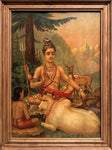















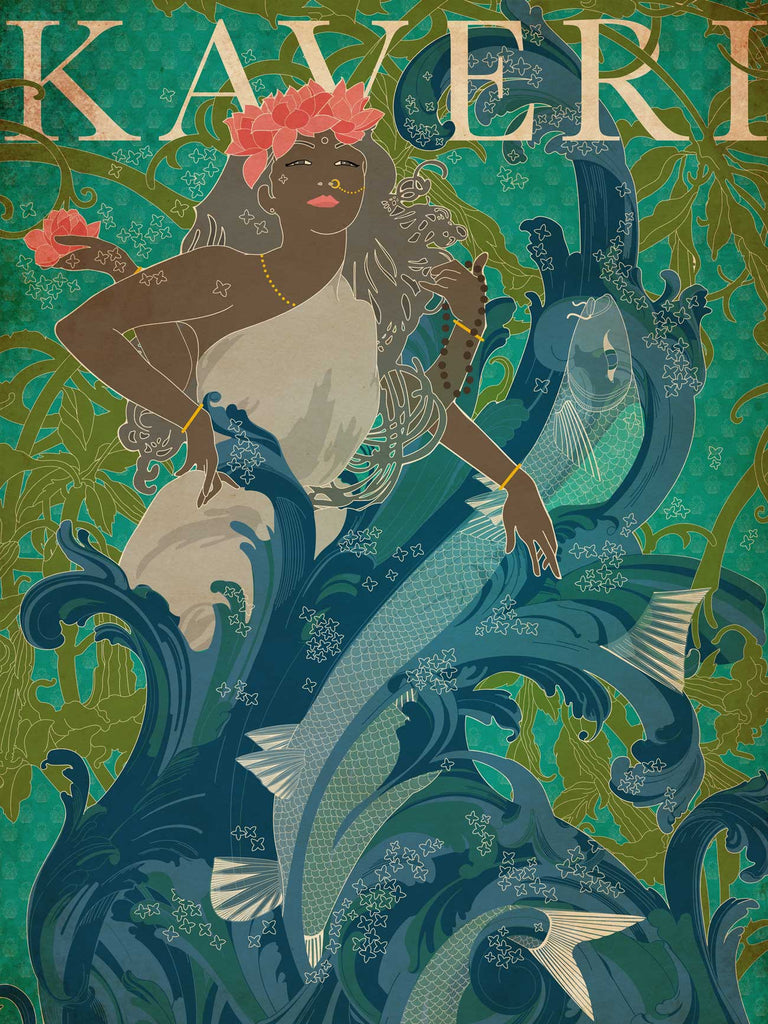
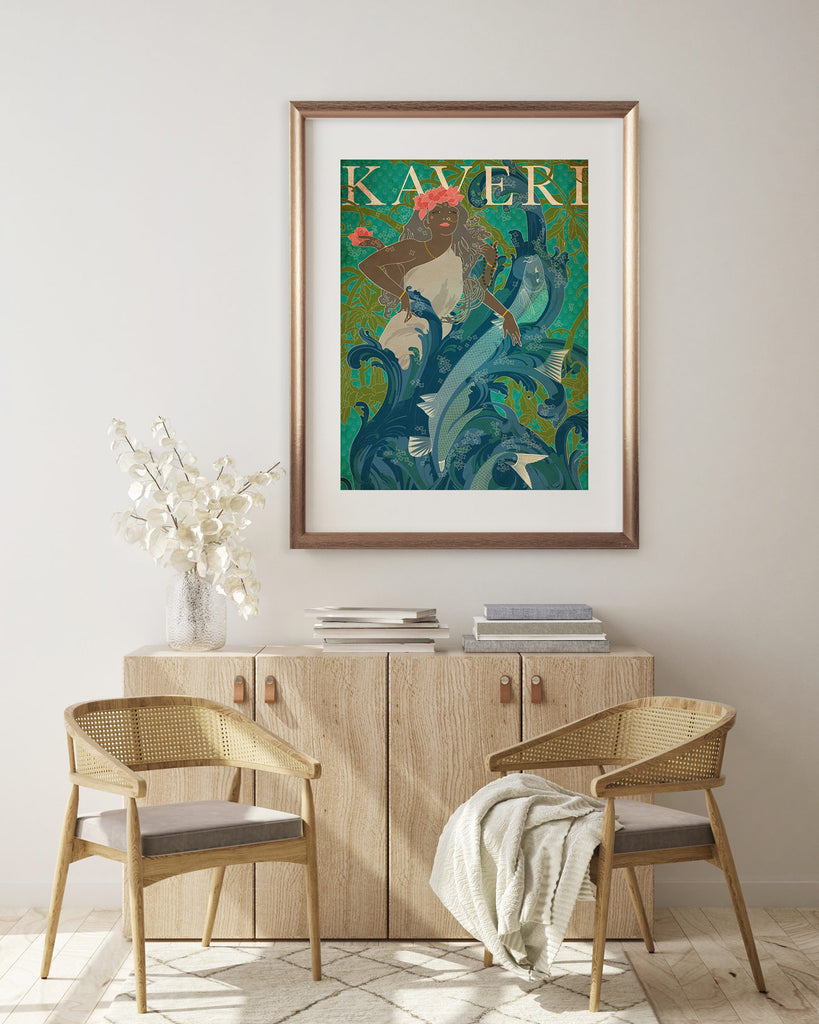
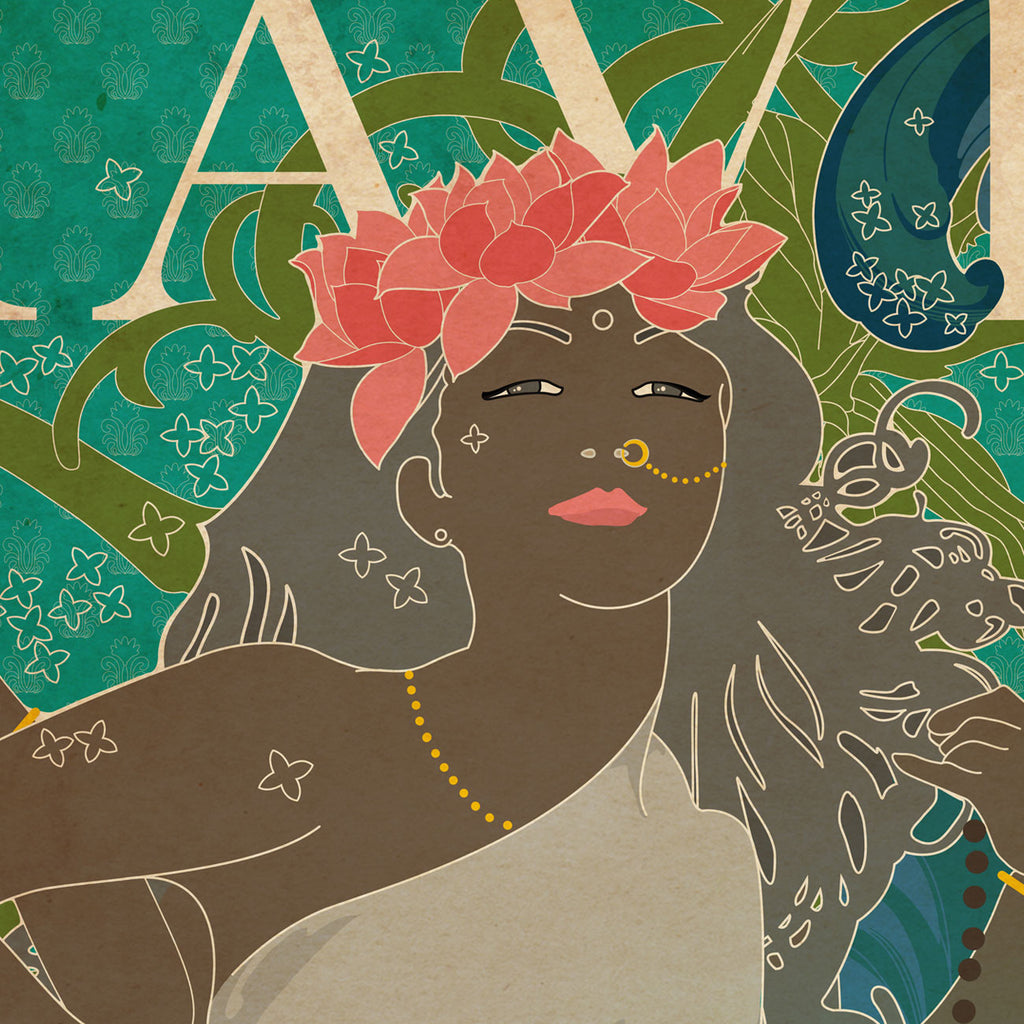
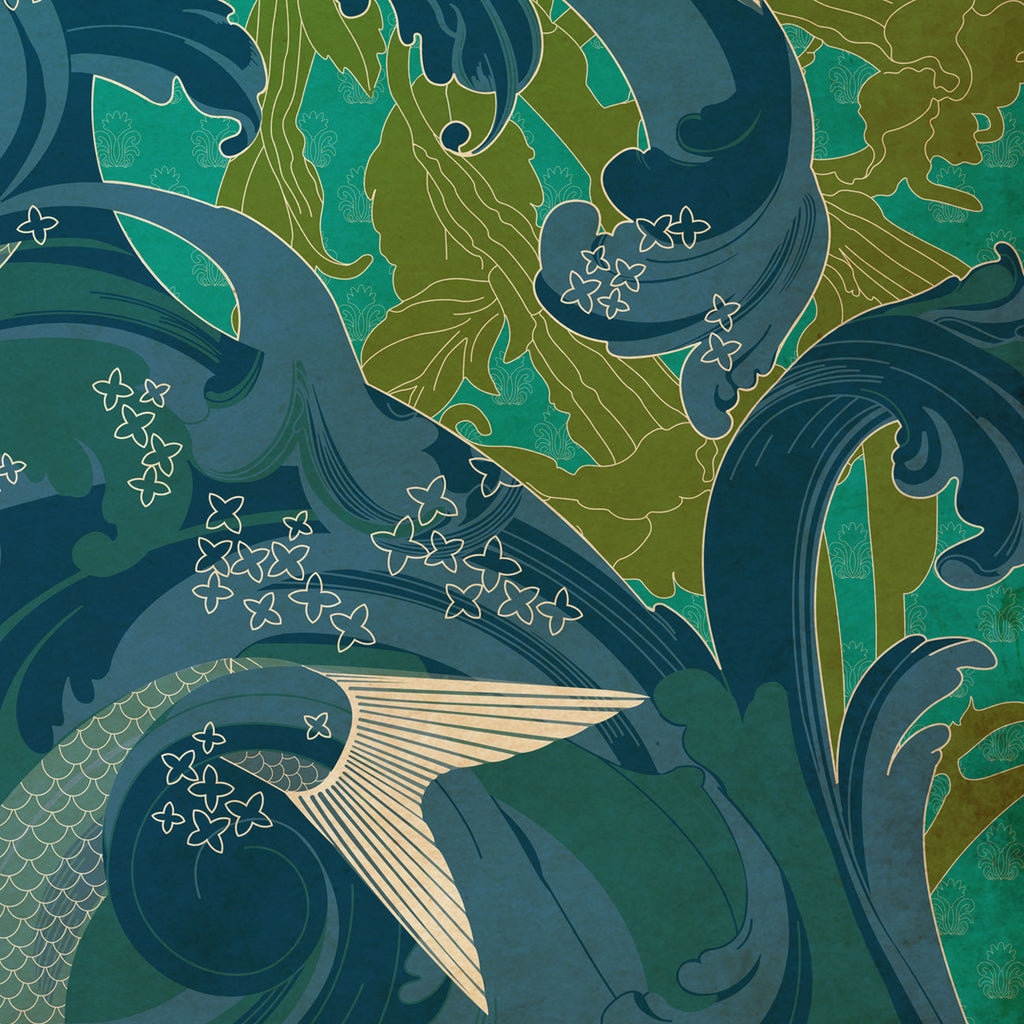
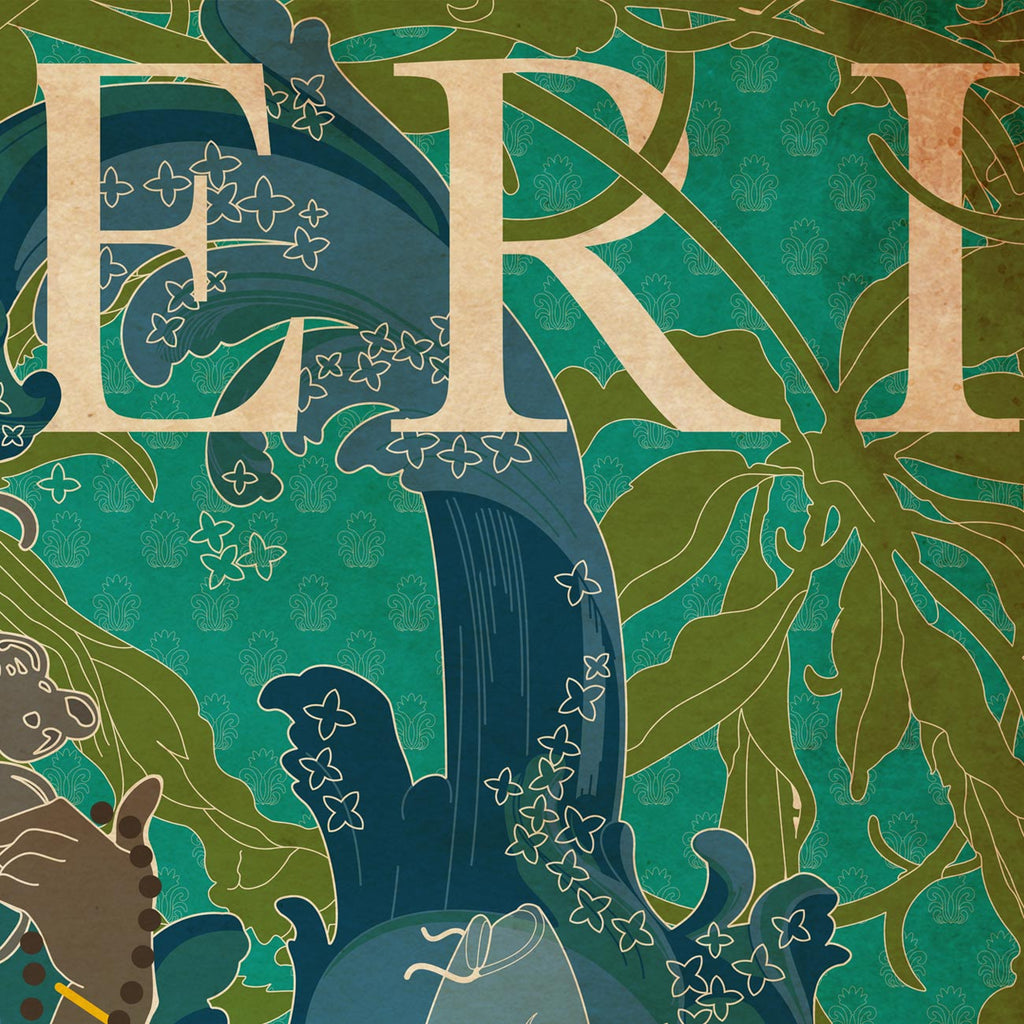
 View Full Screen
View Full Screen
